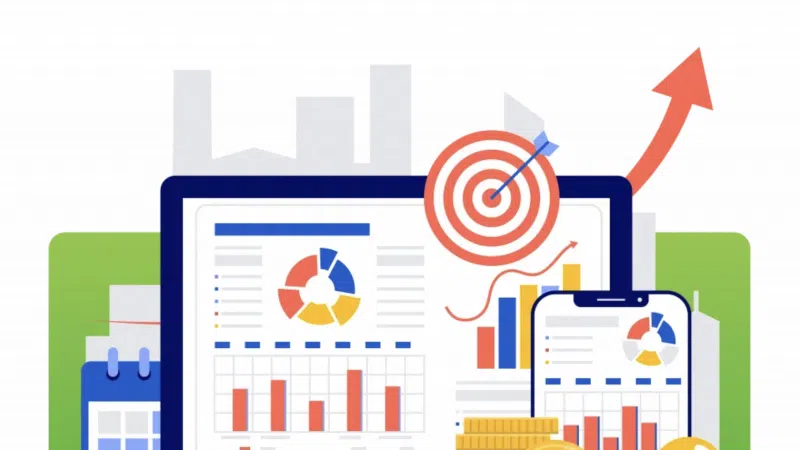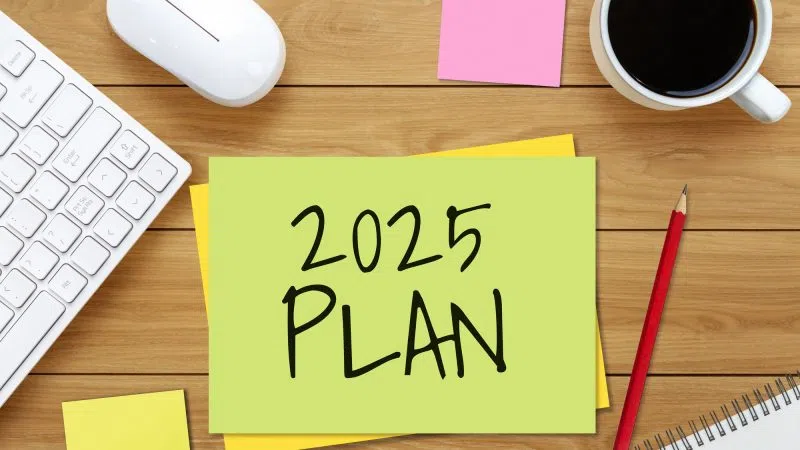As we’ve stated before here at SoCast, digital is the pathway to revenue growth for radio. New technologies are constantly emerging to help you grow digital revenue at your radio stations. One of those trends is programmatic digital advertising.
So, first, what exactly is programmatic digital advertising?
This ad model, essentially, is a way of buying digital ad space via software, rather than through human negotiation.
And, it’s certainly something that’s making a lot of headway, as programmatic spending is expected to double in the next 3 years.
To break it down simply, programmatic advertising works like this:
The ad exchange (the hub for the whole process), aggregates consumer data, allowing the exchange to serve up targeted ads from advertisers on publishers’ websites.
Advertisers and publishers then join this ad exchange, where they are matched up, programmatically, to show relevant ads to relevant audiences. The publishers deliver the inventory while the advertisers deliver the ads and purchase that inventory.
For a visual on how this process works, see the image below:

Source: https://www.quora.com/How-do-I-do-programmatic-advertising
In this diagram, the supply-side platform (SSP) allows publishers to manage their advertising inventory.
The demand-side platform (DSP) is an automated platform that allows advertisers to buy inventory on numerous advertising exchanges and networks through one interface.
Having these tools, facilitated by a programmatic ad exchange, helps both buyers and sellers automate their processes within digital advertising transactions.
For advertisers, programmatic offers the following benefits:
First, it is a more efficient and accurate method of buying advertising space.
Since placement and optimization of media space is automated, marketers can deliver more targeted advertisements based on real-time data.
This, in turn, leads to higher click-through rates and more conversions for advertisers, giving them higher revenue and ROI on each campaign.
More specific to radio, this model benefits stations in the following ways:
By partnering with a programmatic marketplace, radio stations save time selling through these marketplaces rather than having their salespeople go out and sell each individual piece of digital inventory available.
Radio stations can also bring in new advertisers as any advertiser in the programmatic buying network will have access to their digital inventory.
Additionally, radio stations can sell more digital inventory through programmatic as the selling process is automated. Less digital inventory units go unused and digital revenue increases.
From a tactical standpoint, programmatic advertising also allows radio stations to do the following:
Offer highly targeted display ads based on data such as income, age, gender, profession, hobbies and shopping habits.
Enable retargeting ads that will show up to individuals who have visited an advertiser’s website or have been within a specific geographic location.
Activate geofencing ads that only target mobile devices within a very specific location. For example, an advertiser may want to geo-fence a concert venue and promote offers relevant to a show that is playing there.
So, knowing all the things you can do with programmatic ads, here’s how you can get started with programmatic digital advertising at your radio stations:
Through its partnership with Acuity Ads, SoCast enables you to sell your radio station’s digital ad space programmatically.
Acuity Ads enables video, display and native display advertising with 20 advertising exchanges, exposing you to a plethora of advertisers looking to reach consumers with targeted ads.
Furthermore, through this partnership, SoCast allows you to offer programmatic advertising with no financial risk, no minimum, no yearly commitment and 100% of the profit over the media cost back to your stations.
To learn how you can get started with programmatic advertising at your radio stations, speak to a SoCast Specialist today.










Comments